Mazda is aiming to attract new customers, particularly from the lucrative premium segment. Following the success of the mid-size SUV CX-60, the Japanese automaker has introduced the larger CX-80, offering space for up to seven passengers and the option of a plug-in hybrid version.
Mazda’s Strategy: Hybrid Over Full Electric
While other manufacturers have jumped headfirst into electric powertrains, Mazda has been more cautious – and it’s worked for them so far. However, even with slow electric vehicle sales, Mazda can’t ignore the need for electrified models, especially for private customers who may not want to commit to the impressive inline-six diesel engines.

These diesels remain the top choice for both the CX-60 and the larger CX-80, but for those who frequently drive in urban areas and can conveniently recharge at home, the CX-80 PHEV is an attractive alternative.
A Subtle Expansion to Limo-Class
The CX-80, at five meters long, looks almost identical to its smaller sibling, the CX-60. You’ll have to look closely to spot the 25 cm stretch between the axles. One of the most appealing configurations of this Japanese SUV, available in five trim levels, is the six-seat version, which offers two plush captain’s chairs in the second row. The third-row seats are best suited for children and, in most cases, might not be needed.
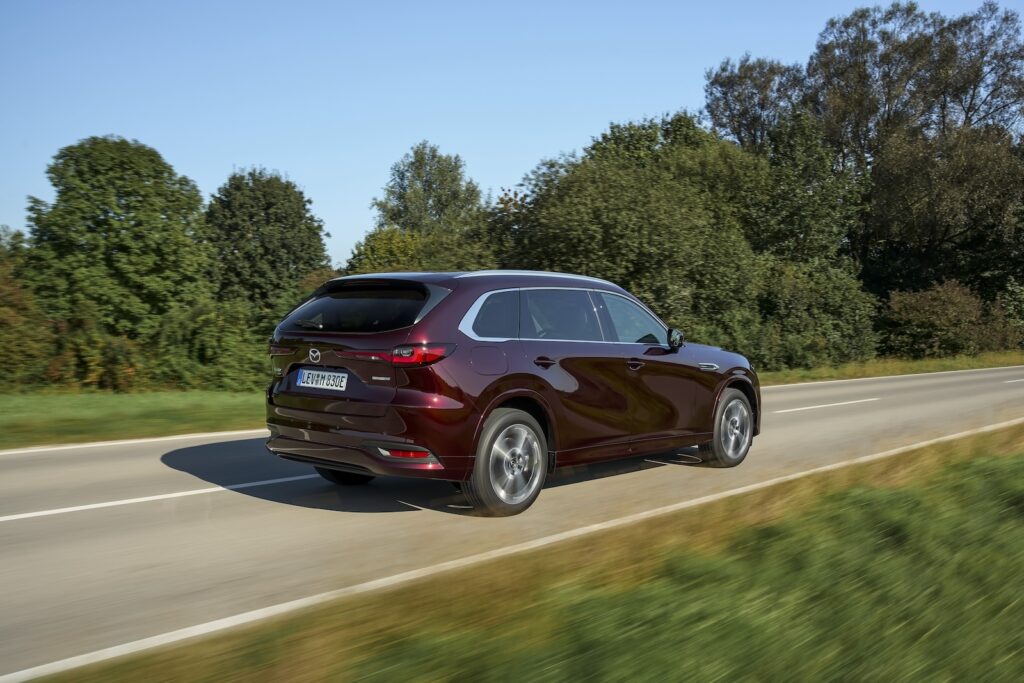
Even with the plug-in hybrid system and its additional battery, the CX-80 still offers a generous 687 liters of cargo space, easily accessible through the wide-opening, power tailgate. The second-row seats can slide back and forth by 12 cm, and folding them for access to the third row is simple, though a bit of climbing is still required.
A Premium Feel Inside
Inside, the CX-80 stays true to Mazda’s reputation for quality – a must for competing in the premium segment. The central rotary controller feels like a nod to simpler times compared to some of its competitors. It works well, but the central display could be larger and positioned higher for better visibility.
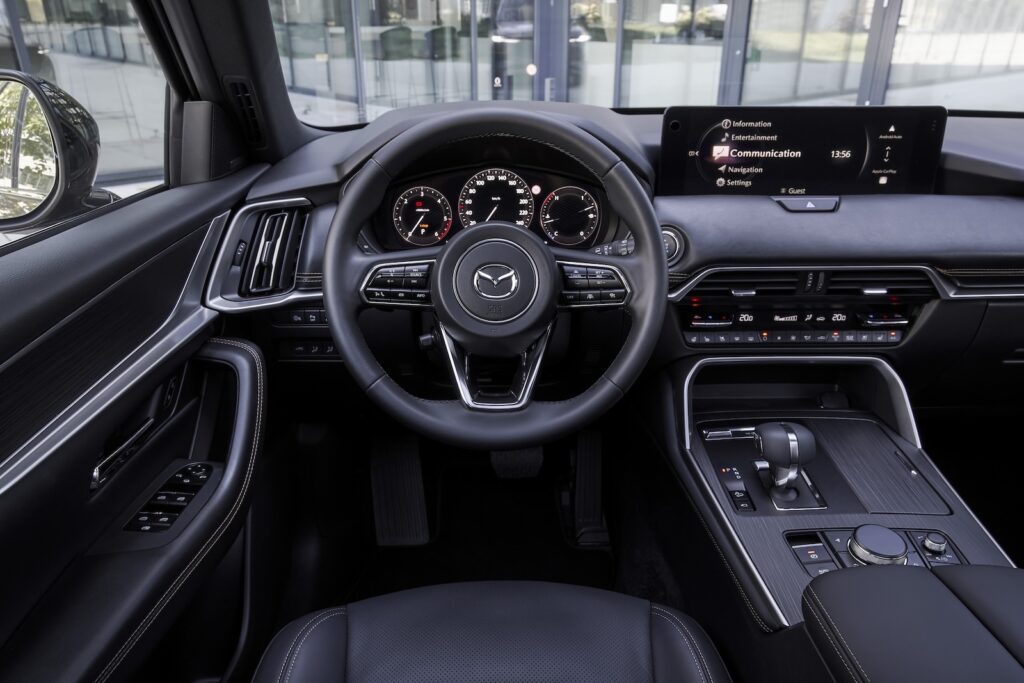
The instruments and head-up display are top-notch, as are the seats and overall space. The steering is light yet responsive, offering enough feedback from the road. However, you’ll notice some body roll, especially at higher speeds on country roads, where the suspension could offer a bit more support.
Borrowing from the U.S. Playbook
Priced from €55,350, the Mazda CX-80 shares much of its DNA with the U.S.-market CX-70 and CX-90. That’s also true of the hybrid system, though it doesn’t quite match the impressive performance of the 3.3-liter inline-six diesel. The CX-80 e-Skyactiv PHEV is powered by a 2.5-liter naturally aspirated four-cylinder engine with 141 kW (192 hp), a familiar engine in Mazda’s lineup.
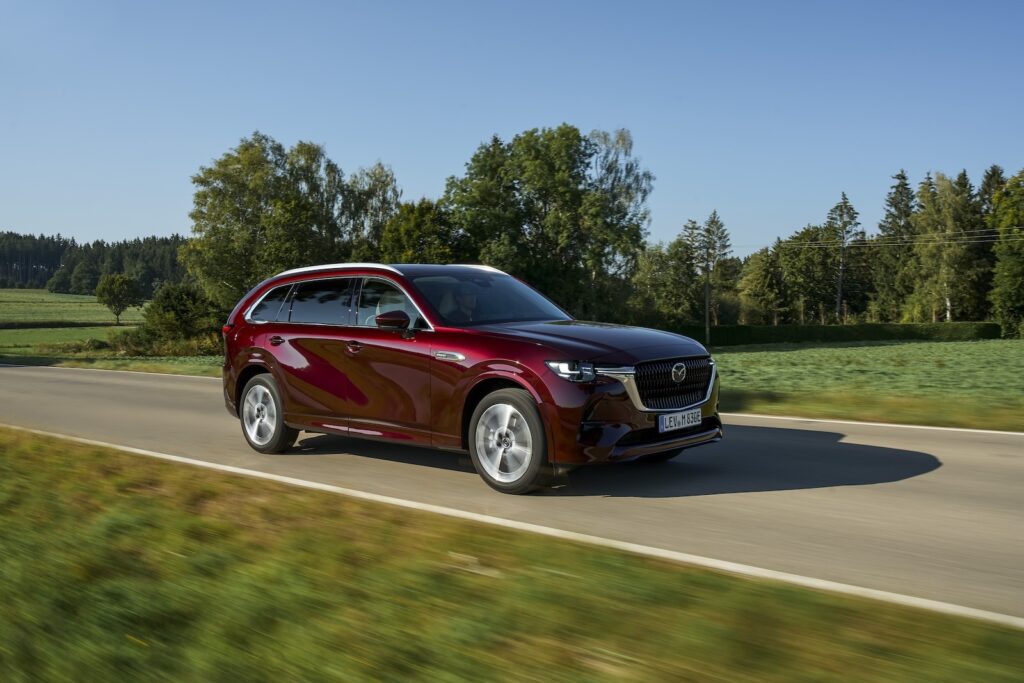
It may not be the most spirited unit on its own, but it’s paired with a 129 kW (175 hp) electric motor, integrated into the standard eight-speed automatic transmission. Together, they deliver a combined 241 kW (327 hp) and 500 Nm of torque – more than enough for most drivers. However, compared to competitors, the CX-80 PHEV offers less power and a smaller electric range.

The underfloor battery pack, with a capacity of 17.8 kWh, provides an all-electric range of just 60 km, which is sufficient for many customers but falls short of competitors offering between 80 and 130 km. Still, the CX-80 PHEV makes a solid impression with its overall driving dynamics, proving to be both capable and sporty despite the somewhat strained sound of the four-cylinder under heavy load.
Performance and Efficiency
Despite weighing over 2.2 tons, the CX-80 PHEV feels confident and nimble, especially in urban environments and at moderate speeds. Depending on the chosen drive mode, the SUV can run entirely on electric power, but when both powertrains are in use, it offers a sporty driving experience.
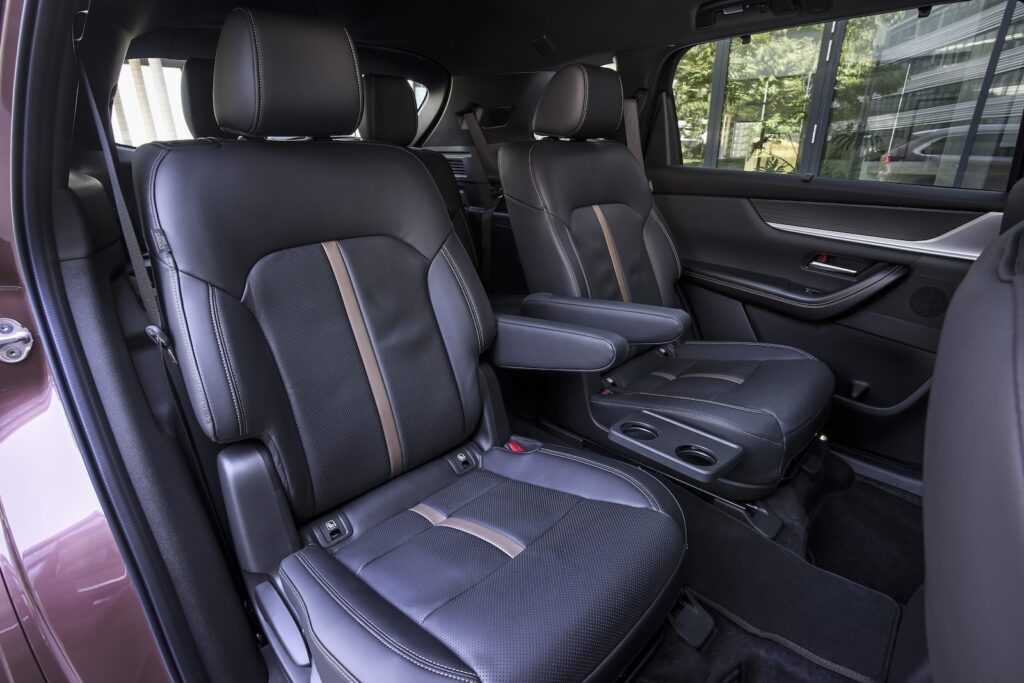
However, at higher speeds, the hybrid falls short of the diesel version, especially since it’s electronically limited to just 195 km/h. On the upside, when the battery is fully charged, the CX-80 PHEV returns an impressive fuel consumption of 1.6 liters of super per 100 km, compared to the diesel’s still respectable 5.7 liters per 100 km. Charging the PHEV’s battery takes up to 11 kW, which lags behind some competitors that offer up to 60 kW.
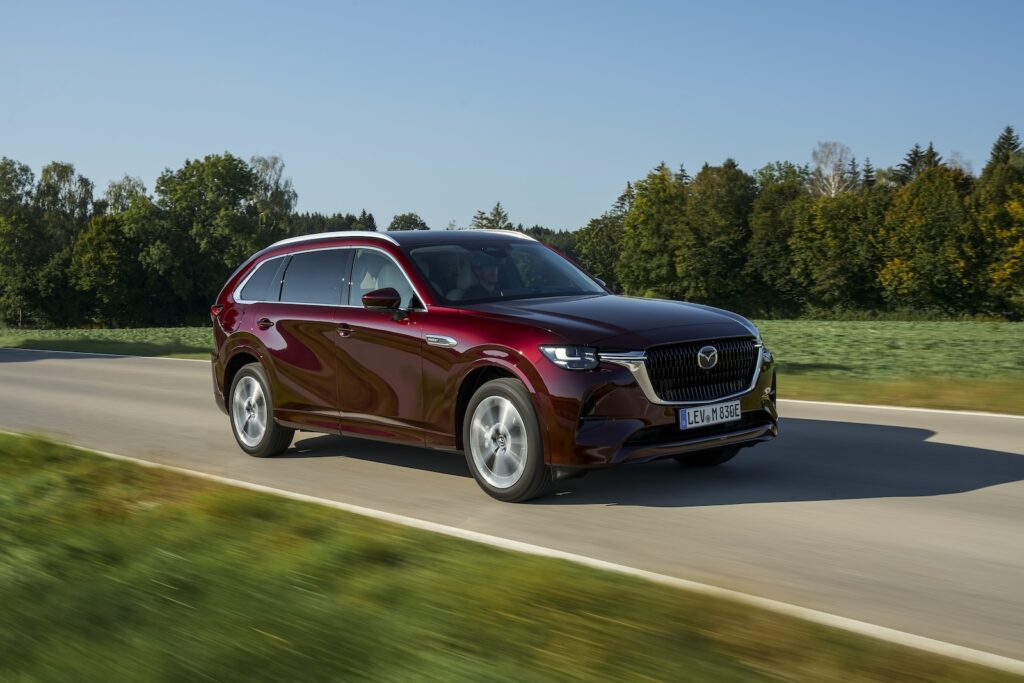
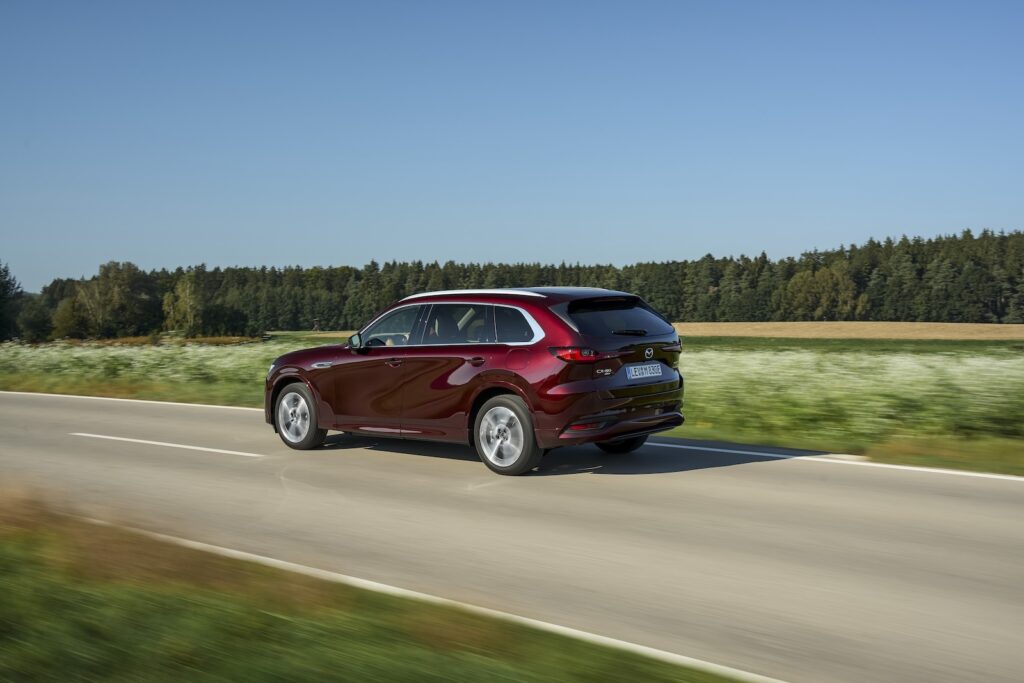

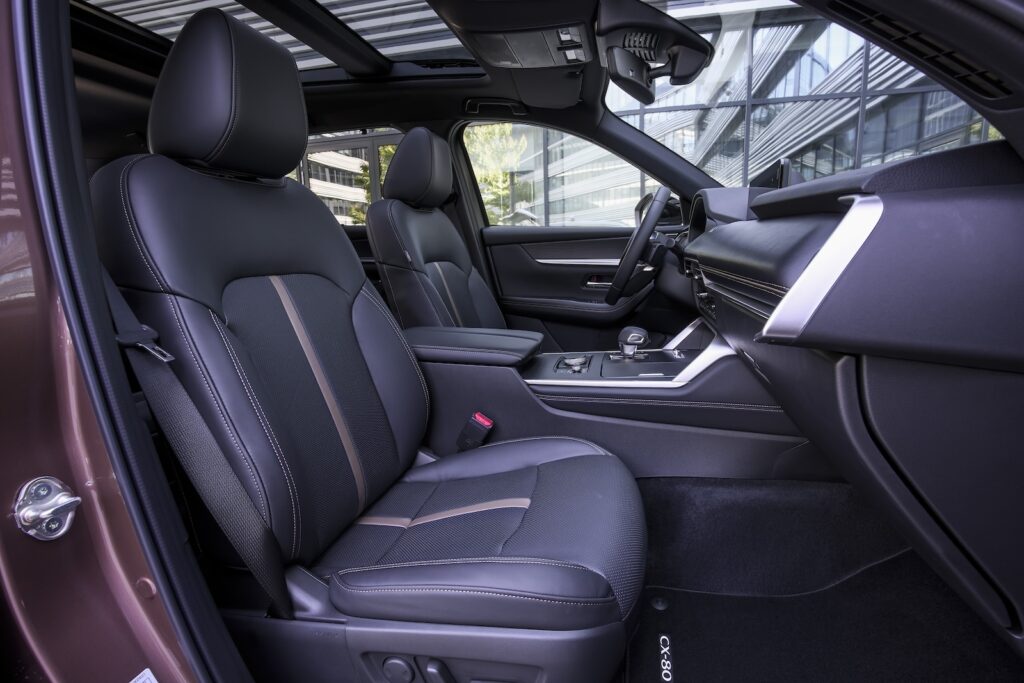

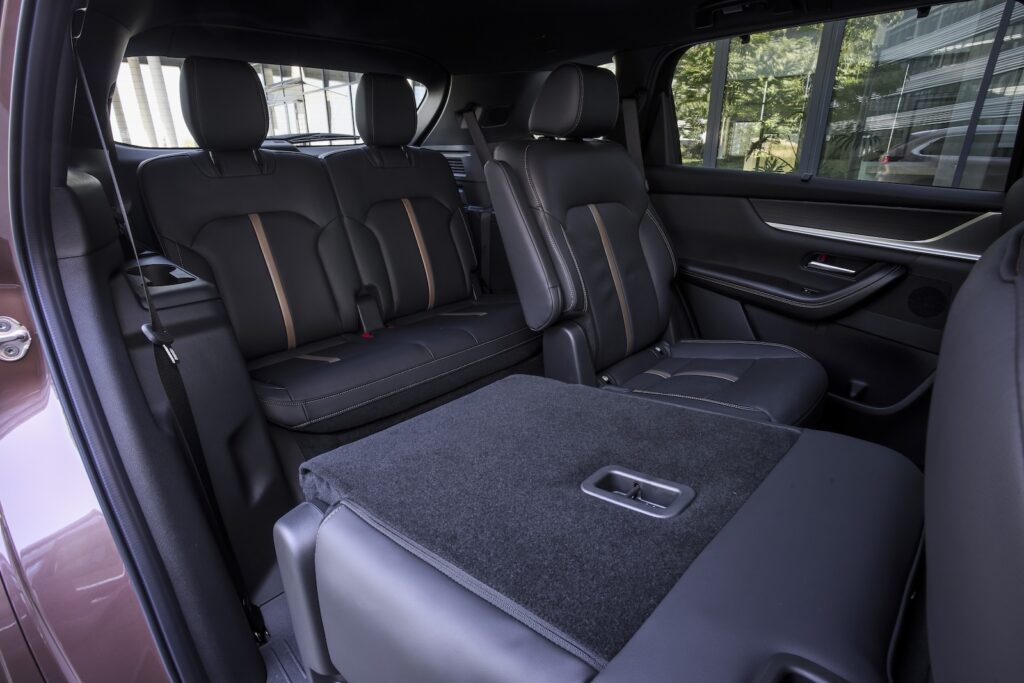
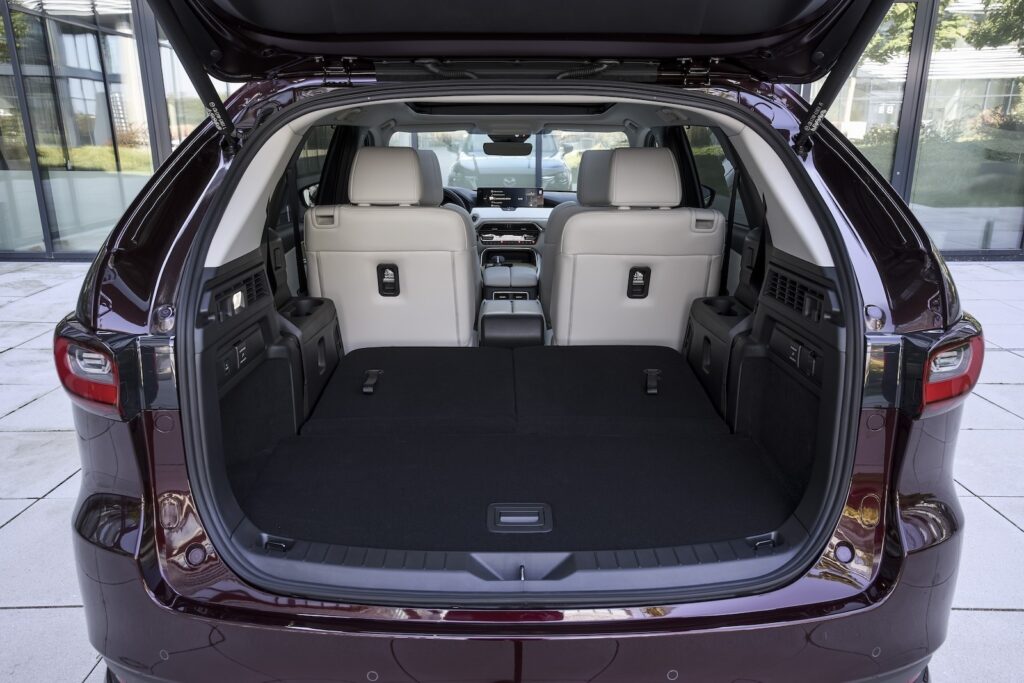
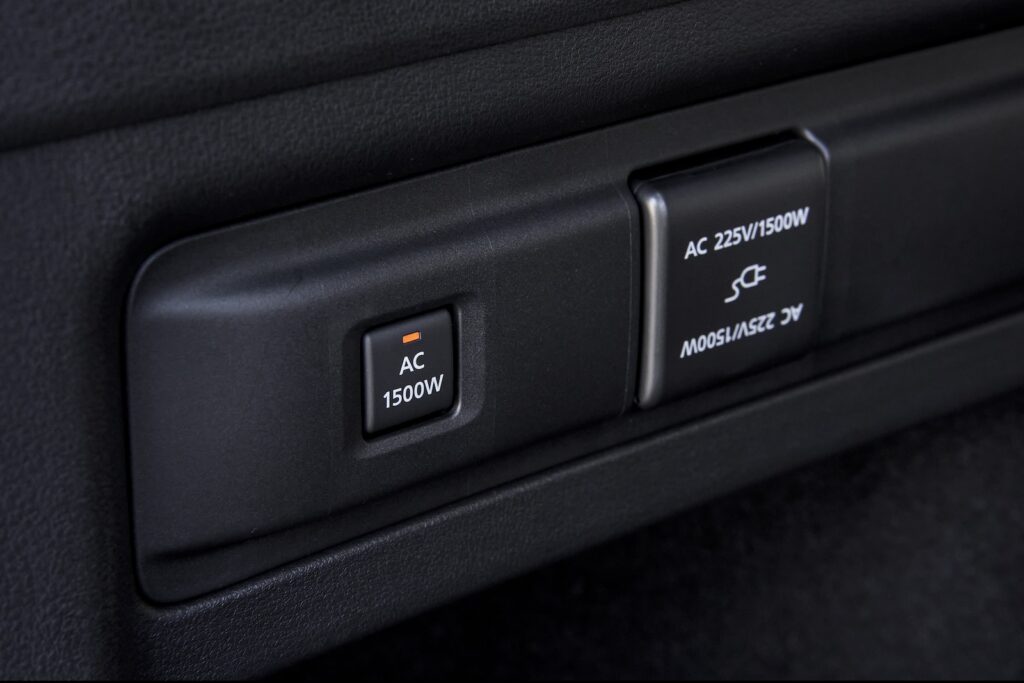

Specifications: Mazda CX-80 PHEV
- Engine: Four-cylinder naturally aspirated engine with electric motor
- Displacement: 2,488 cc
- Power: 241 kW (327 hp)
- Max Torque: 500 Nm
- Top Speed: 195 km/h
- 0-100 km/h: 6.8 seconds
- Transmission: Eight-speed automatic
- Drive: All-wheel drive
- Fuel Consumption: 1.6 liters super / 100 km / 35 g CO2
- Curb Weight: 2,240 kg / Payload: 640 kg
- Cargo Capacity: 258 – 1,971 liters
- Price: From €55,350

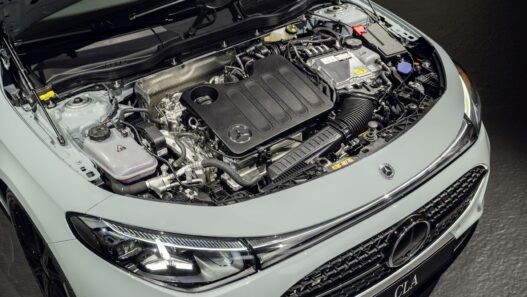

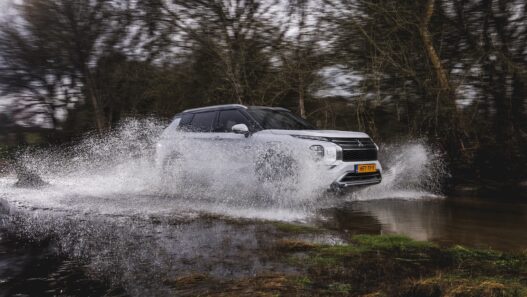

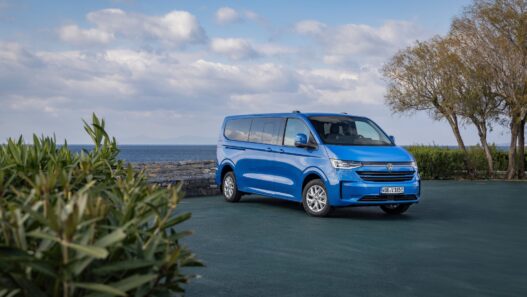

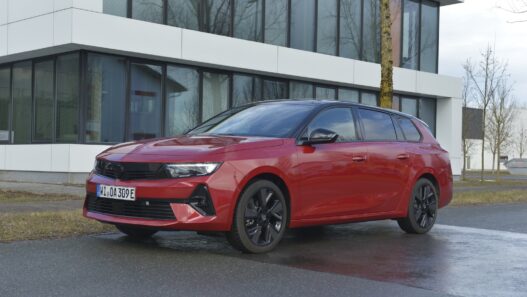
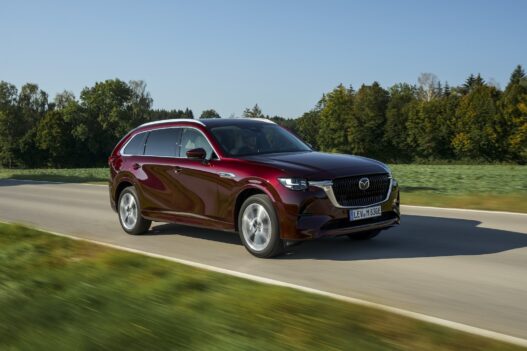
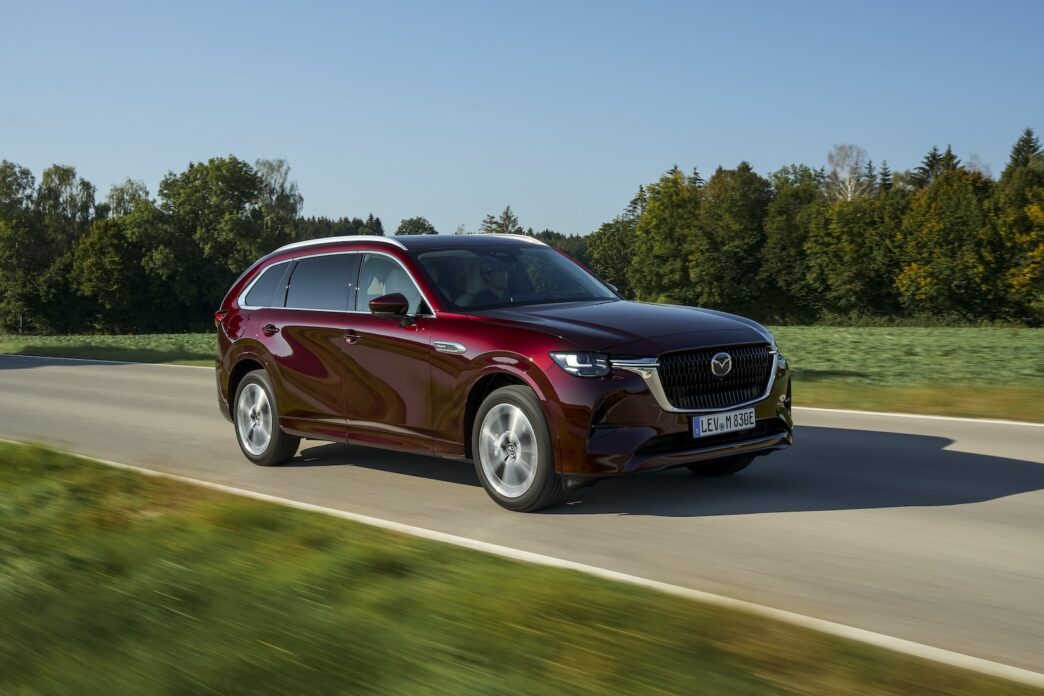



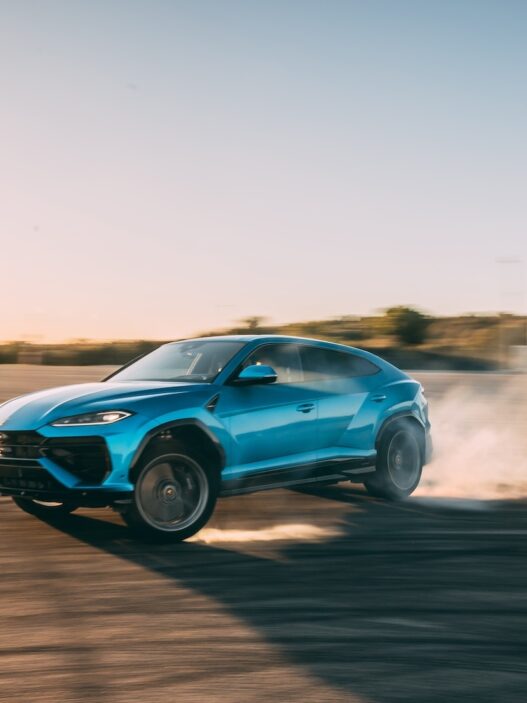
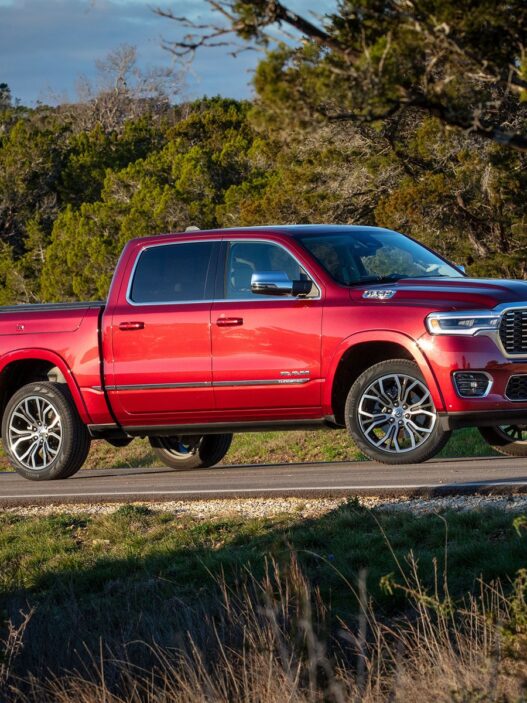
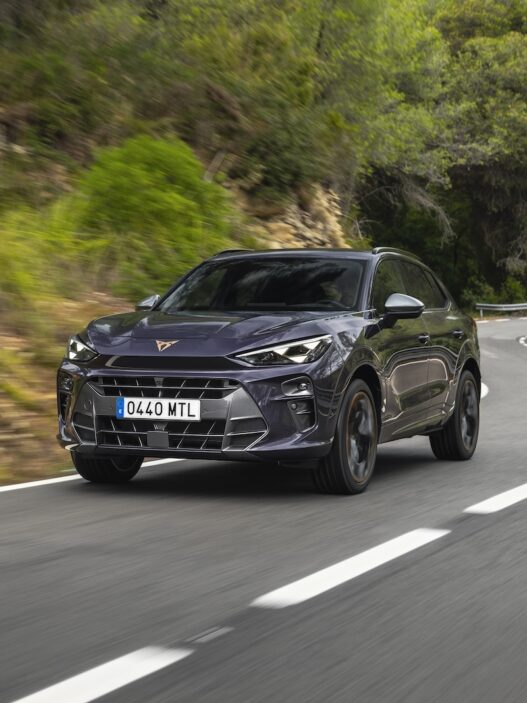
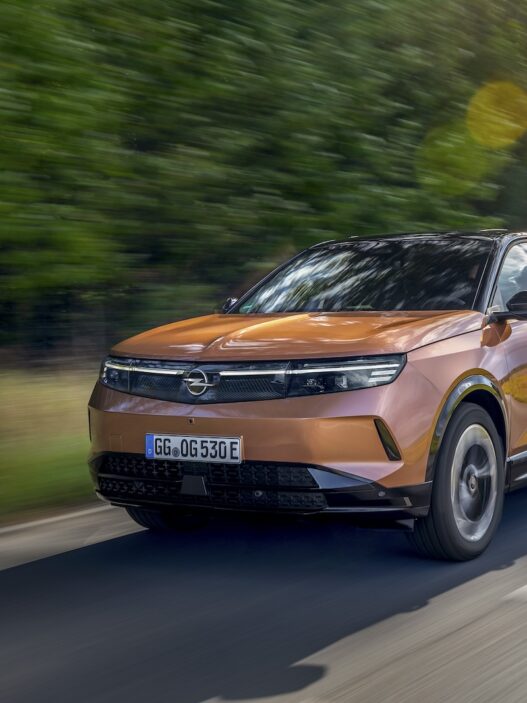
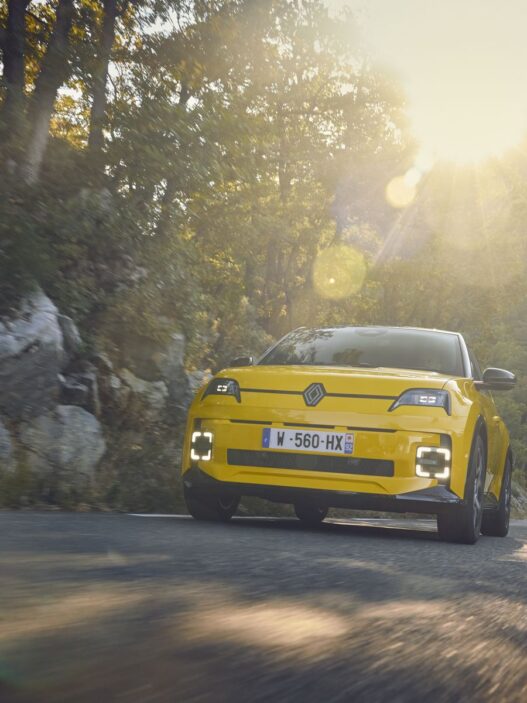
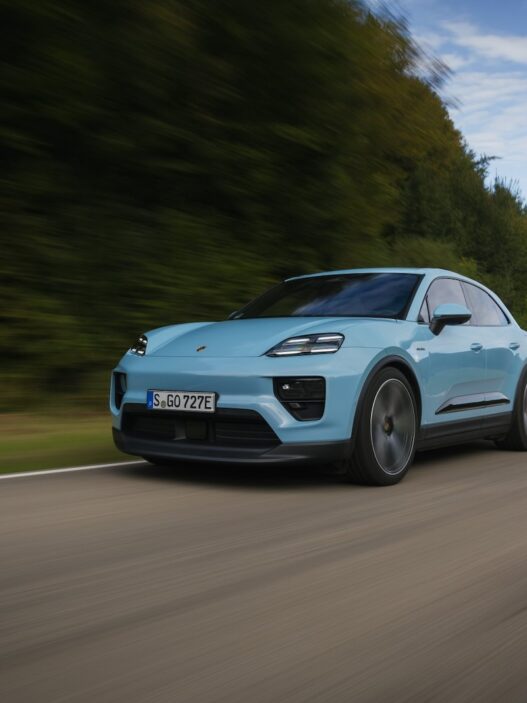
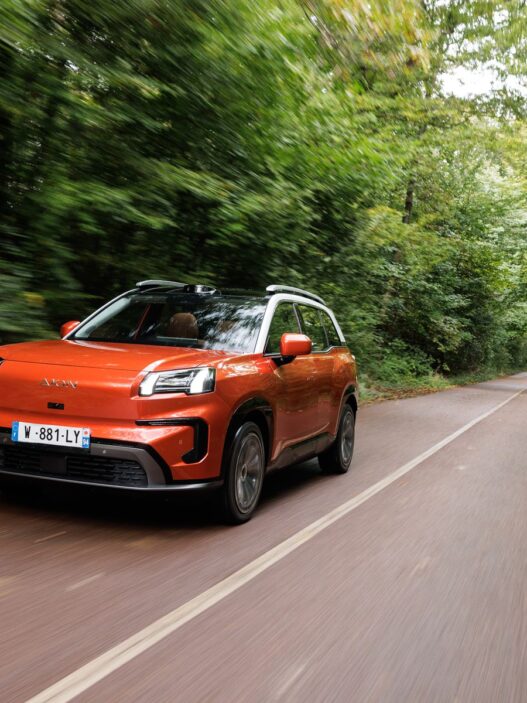
Please review the car with the Inline 6. Everything else is just a compromise!